BANNO-laundries industrial complexes, public house, or "factory clean", which forged the Great Victory?
Categories: History
By Pictolic https://pictolic.com/article/banno-laundries-industrial-complexes-public-house-or-factory-clean-which-forged-the-great-victory.htmlWorn to death, not bending from arthritis fingers corroded by the lye skin and tons of Laundry. These were everyday women of bath and Laundry units. For each soldier a week were washed three kilograms of underclothes. The size of the army, including the troops of the NKVD and other paramilitary units, and by early 1945 was about 14 million people... the Magazine of war Warhead recalls the everyday life of ordinary Soviet laundresses during the great Patriotic war.
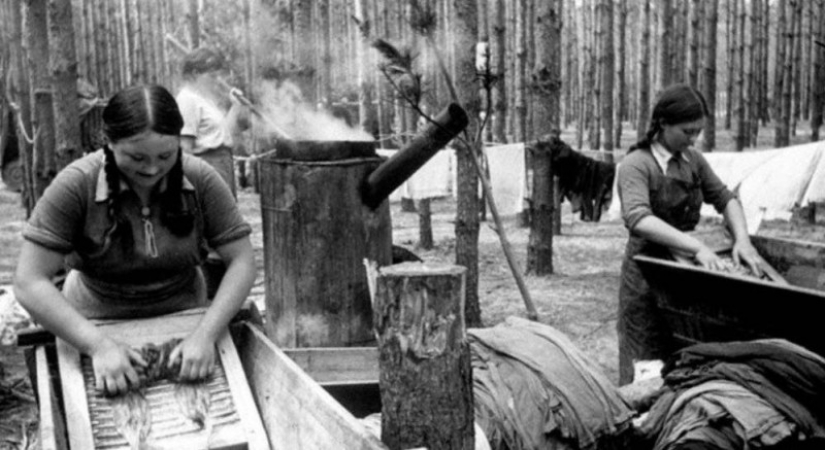
Why not just read online. The last twenty years can find a lot of contrived dirty details about the great Patriotic war. For example, that under the guise of bath and Laundry units on the front operated brothels. Here is a quote from one such opus:
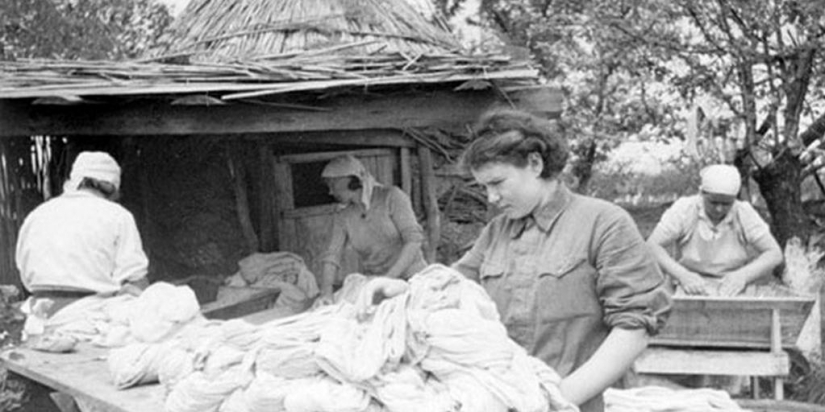
Laundry service for the soldiers of the red army in one of the front-line laundries.
Clean the front matter of the utmost importance. If you don't wash clothes, the unsanitary conditions and lice instantly transform the army into a bunch of sick and bad-smelling ragamuffins. At the rate of once a week the soldiers would go to the bath and got the clean underwear — pants, shirt and socks.
For each soldier a week were washed three kilos of Laundry. Quilted jackets and overcoats, too, was erased, but rarely.
Extremely important was obstirat field hospitals. For them, the erased sheets, rags, bandages... When dressings are not enough, bleached and boiled already used. In addition, all the clothing from the wounded and was required to disinfect and to wash off the blood.
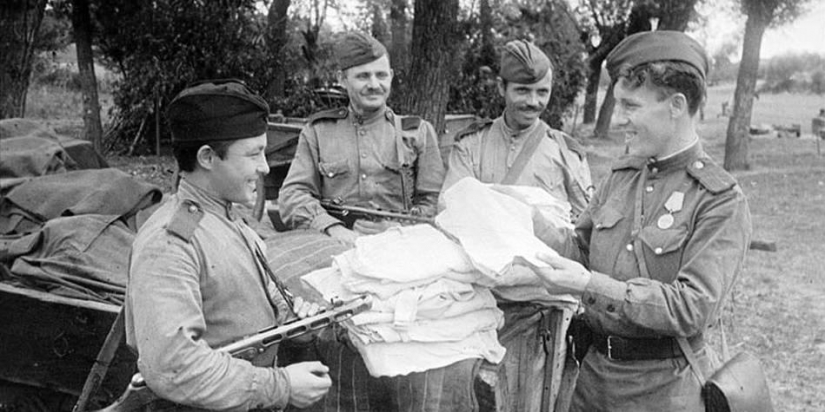
There is evidence of the times of the Soviet-Finnish war. During the period of hostilities for the troops, which became part of the northwestern front, had washed linen:
Just think, thousands of tons. However, no automatic machines was not there. Was manual, required to turn the handle to crank the reel with laid back linen. In one session of washing you can wash up to twenty pairs of underwear, it was required within the hour to spin the drum manually. Then pull out linen, hand squeeze, hang to dry. Then the boiling water again and again underwear. When not working, and these machines, linen erased manually. In the basin or on the jetty. All these thousands of pairs of underclothes.Do not forget about the lack of adequate means for washing and processing. Initially, linen was soaked in kerosene to kill the larvae of lice — nits.
The main means was boiling, chlorine and lye — water solution of wood ash. Liquor consists mainly of potash — potassium carbonate, and soda. It is characterized by a strongly alkaline reaction and mercilessly eats away at the hands.
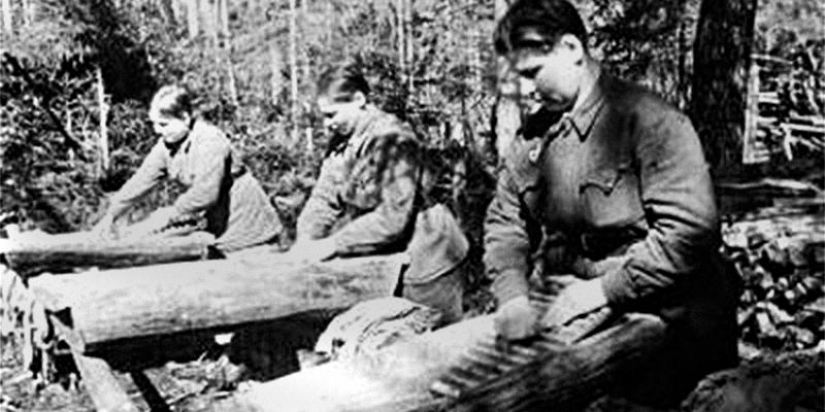
Possible used automotive vapor chamber for disinfection. They should obezzarajivatei vapors of formaldehyde.
Some bath-Laundry units organized directly in trains. It solved a problem with hot water, electricity and housing. However, most often the troops were moving behind the army — where there was no railway. Water was boiled on the fire, and washed where necessary. Torn or pierced by bullets and fragments of linen were repaired on the spot or sent to the rear, where it has been repaired, and issued again.
Who are older remember how it was Laundry day before the arrival in our life of automatic washing machines? The stove is a huge tank of boiling water. Clothes boiled, and then goes in the washing machine of the open type or even a few hours to wash manually in the bathroom. The most difficult spots zastitijada on a corrugated washboard. Then linen squeeze — there are women's power is not always enough — and hung on ropes to dry. Everywhere steam, dampness, water. And is it normal washing an ordinary Soviet family.
Now imagine everyday life in bath and Laundry unit.Severe, physically harmful, hellishly exhausting work. Spin the reel handle to carry hot water and wash by hand had all day. Summer is easier in the winter — all the trouble. Worn their fingers bloody fingers, not bending from arthritis, lye corroded the skin. Regular colds.
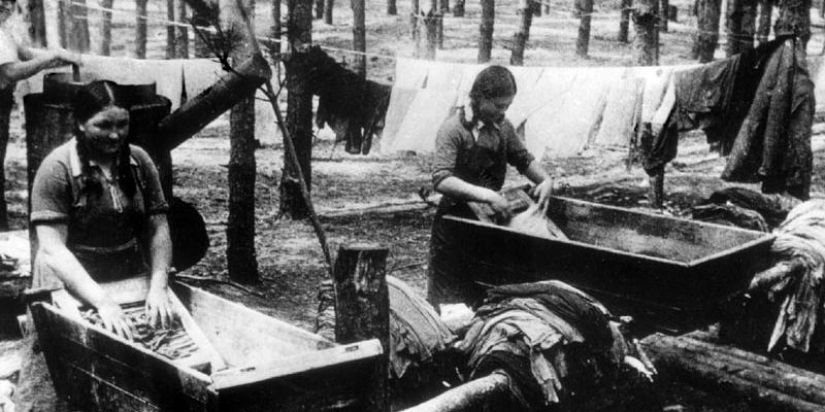
Human memory too short to remember it. So, increasingly, inflamed the minds of his contemporaries ideas that bath-Laundry units — cleverly disguised brothels. These ideas are so far from the painful reality that it is difficult even to explain.
It just so happened that after the war, these modest women have been unjustly forgotten. About bath-Laundry complexes no movies, no books. But worked in the women following the soldiers went all the way to Berlin. Erasing, erasing, erasing. And next time, read that before his death, it would be good to wear a clean shirt, remember where this shirt.
Keywords: The great Patriotic war | Laundry | Brothel | Laundry service
Post News ArticleRecent articles

Most of us think that the color of the eggshell does not play any role and it is possible not to pay attention. But it's not and ...

The more we rely on technology, the more potential power hackers gain over us. It doesn't matter if their goal is to help or cause ...
Related articles

In November 1942 on the banks of the Volga, the Red Army counterattacked, bogged down in Stalingrad by the Nazis. At the same time ...

Zhukov's private life is ambiguous. It was stormy, confused, happy, and tragic. Despite the black-and-white Soviet principles and ...

In October 1941, five-year-old Ilya Galperin witnessed the execution of the people closest to him-his mother, sister and brother. ...

Creating a good portrait is one of the most difficult tasks for any photographer. In order to make a really natural and memorable ...